|
|
|
 Joel's Blog Joel's Blog |
 Built-It Blog Built-It Blog |
 Video Roundup Video Roundup |
 Classes & Events Classes & Events |
 Work Magazine Work Magazine |
| Newer Entries... | |
 | Festool New Tools and Price Increases March 1, 2011 - 02/25/2011 |
 | How to Quickly Center A Mortise Or Find The Center Of A Board Without Gadgetry - 02/22/2011 |
 | A New Blog - Introducting Ben Seltzer - 02/17/2011 |
 | A Toolbox is Missing!! - 02/15/2011 |
 | Bench-on-Bench - 02/10/2011 |
 | Ron Hock Is Laughing At Me Right Now - 02/08/2011 |
 | A Desk I Would Like To Make - 02/03/2011 |
 | How To Camber A Plane Iron (And Why It Works) - 01/26/2011 |
 | Cheater Pastrami and Getting Stuff Done - 01/20/2011 |
 | Winding Sticks - 01/18/2011 |
 | Dye Young - Stain Pretty - 01/13/2011 |
 | Where the Factory Was - 01/11/2011 |
 | New for 2011 - 12/30/2010 |
 | Truer Grit - 12/25/2010 |
 | The Traditional Tail Vise - Followup - 12/21/2010 |
 | The Argument for a Traditional Tail Vise - 12/16/2010 |
 | Some Tips on Using Our Gramercy Holdfasts - 12/14/2010 |
 | New Book: The Boy Joiner and Model Maker - 12/09/2010 |
 | Coursework - Books that You Can Learn From - 12/07/2010 |
 | Introducing The Gramercy Tools Veneer Saw - 12/02/2010 |
| Older Entries... | |
|
Hours: M-F 9:00-5:00, closed Sat,Sun Our Guarantee & Return Policy Shipping and Sales Tax Info Privacy Policy Holiday Calendar |
|
Contact Us:
Email: support@toolsforworkingwood.com Phone: 800-426-4613 or 718-499-5877 Visit Us in Brooklyn: Directions to Our Showroom © 1999-2019 toolsforworkingwood.com Powered by 01 Inc. Coded entirely in NYC |



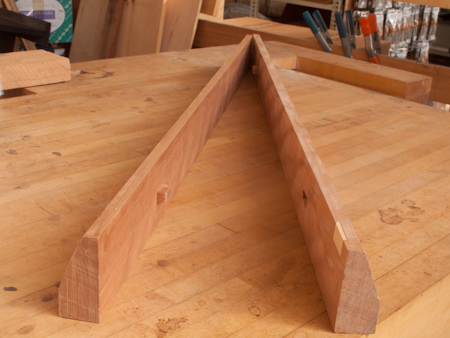 I wasn't actually planning to write about winding sticks but I started to write something on dressing lumber and my winding sticks are just about the only measuring tool I use. I also use my winding sticks as a straightedge and suddenly it seems pretty obvious that before I could write anything useful about dressing lumber a look at winding sticks was imperative.
I wasn't actually planning to write about winding sticks but I started to write something on dressing lumber and my winding sticks are just about the only measuring tool I use. I also use my winding sticks as a straightedge and suddenly it seems pretty obvious that before I could write anything useful about dressing lumber a look at winding sticks was imperative. 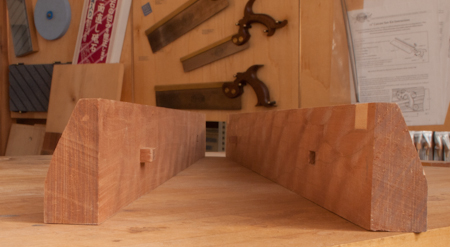
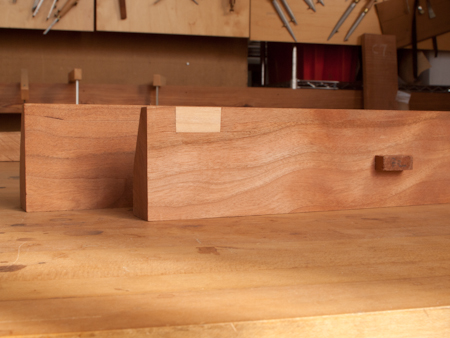
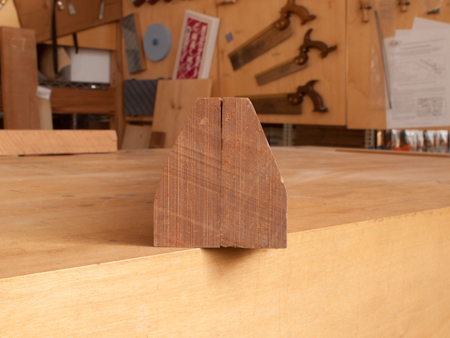
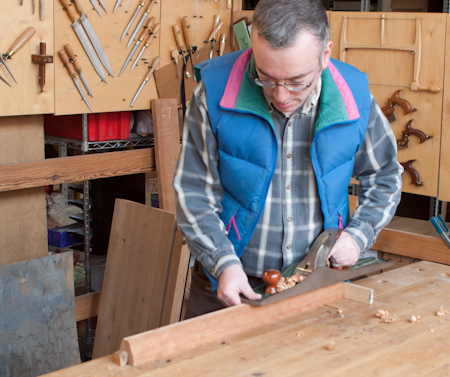
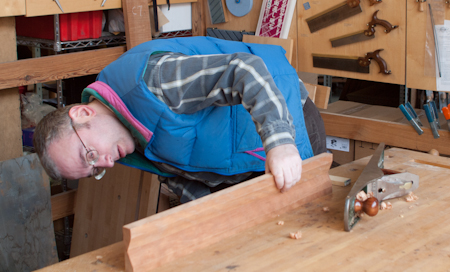
If I am understanding this correctly, you seem to take no exacting measure to ensure the tapered edge is parallel to the wider edge. It seems that as long as both edges are perfectly straight - and the two pieces are referenced properly when used - wind will be revealed correctly.
Can you elaborate a little on the "target"?
Thanks,
Frank
But, I have no idea why you need to mortise the backs of the sticks or use a floating tenon. What purpose do they serve?
The reason for the floating tenons is that to check square you just put the sticks together (using the tenons) and then make sure the top and bottom edges line up exactly. It's trivial to line them up for checking, and planing a correction if they can be tenoned together.
If you right click on your mouse and then click "View Source" you will see the HTML listing for the page, and also be able to read the covered up text.
sorry for the inconvenience.
joel